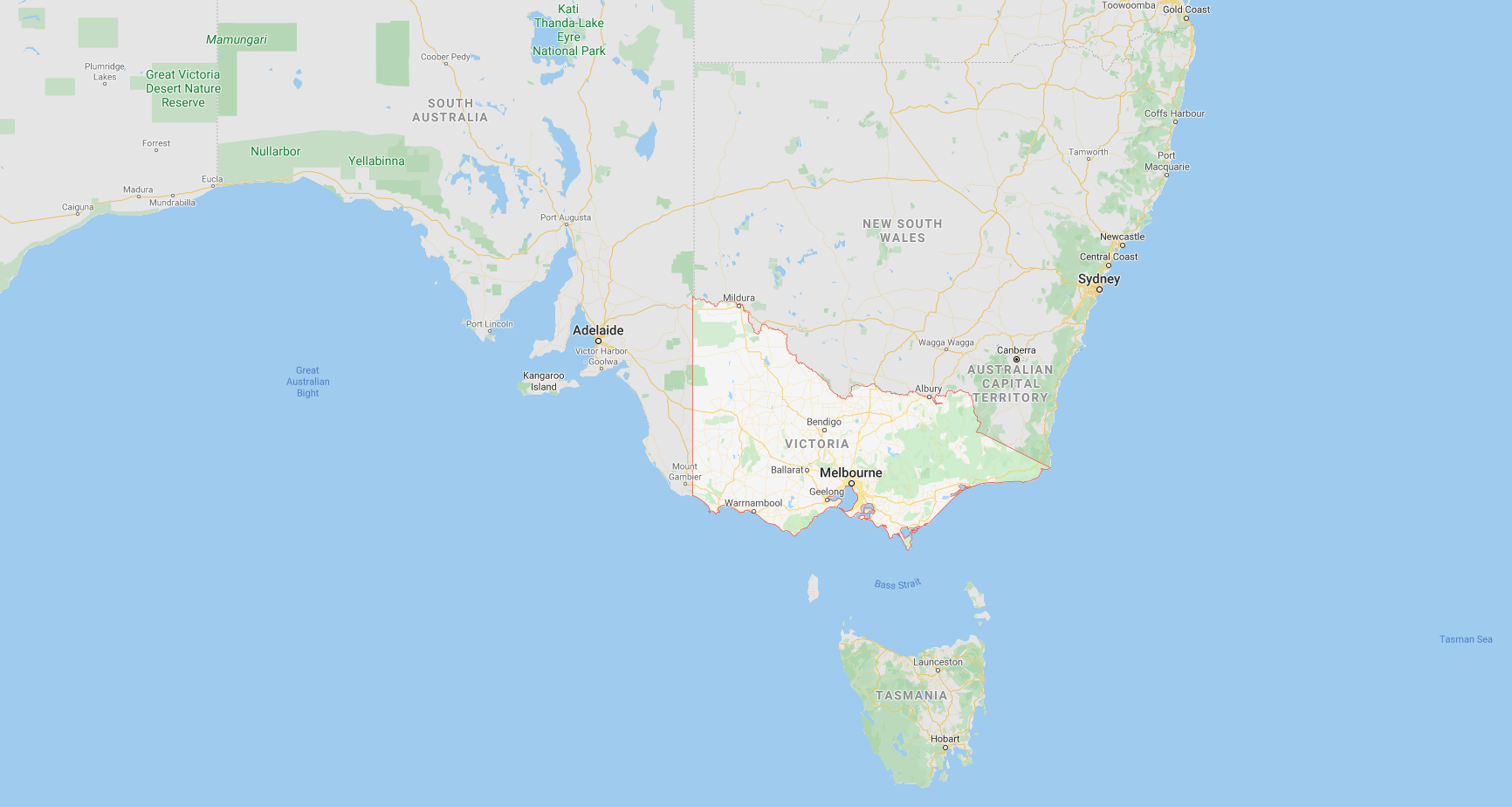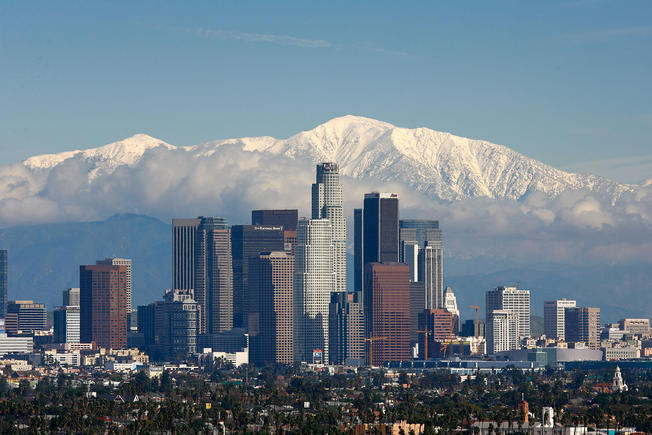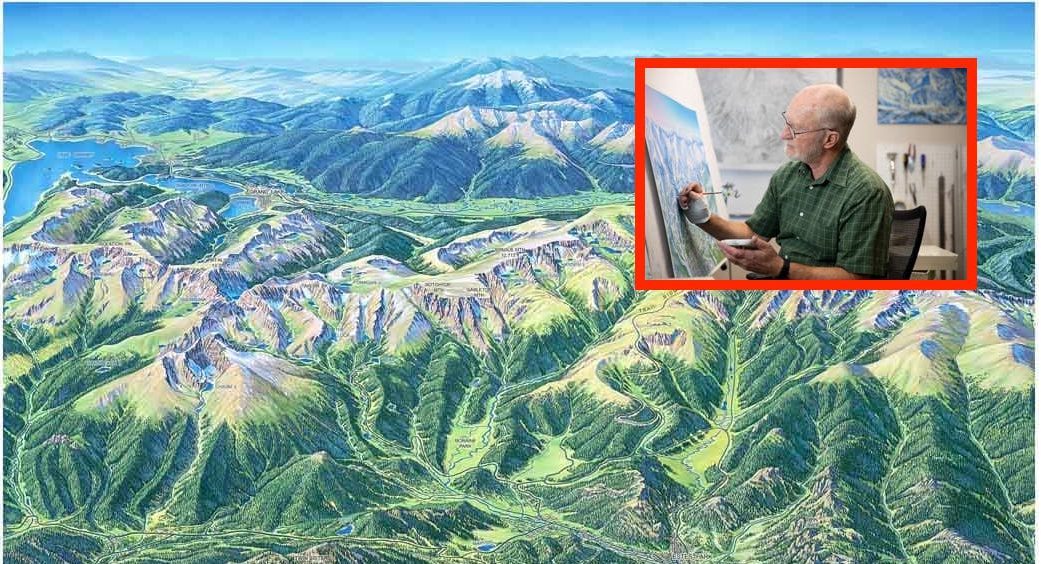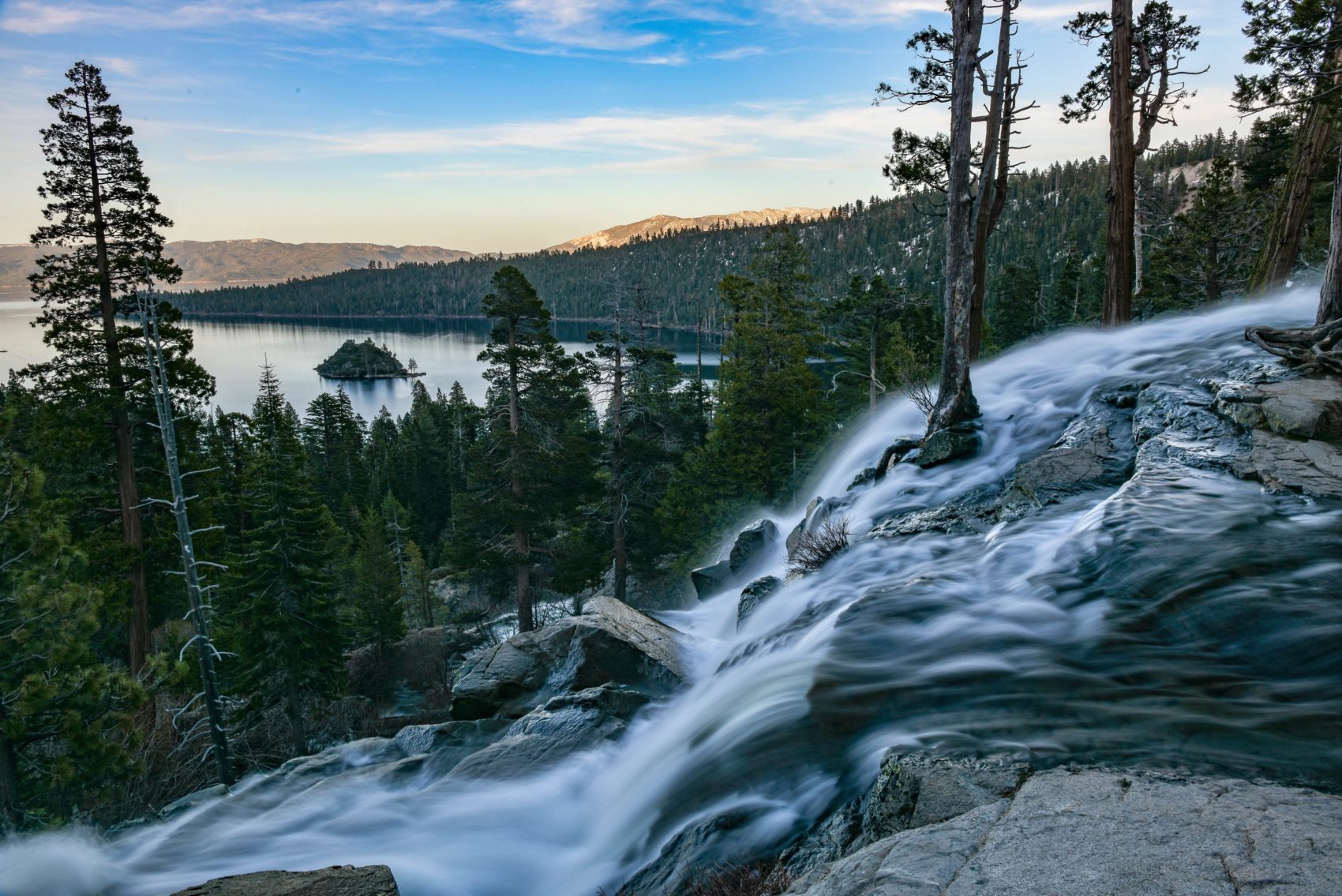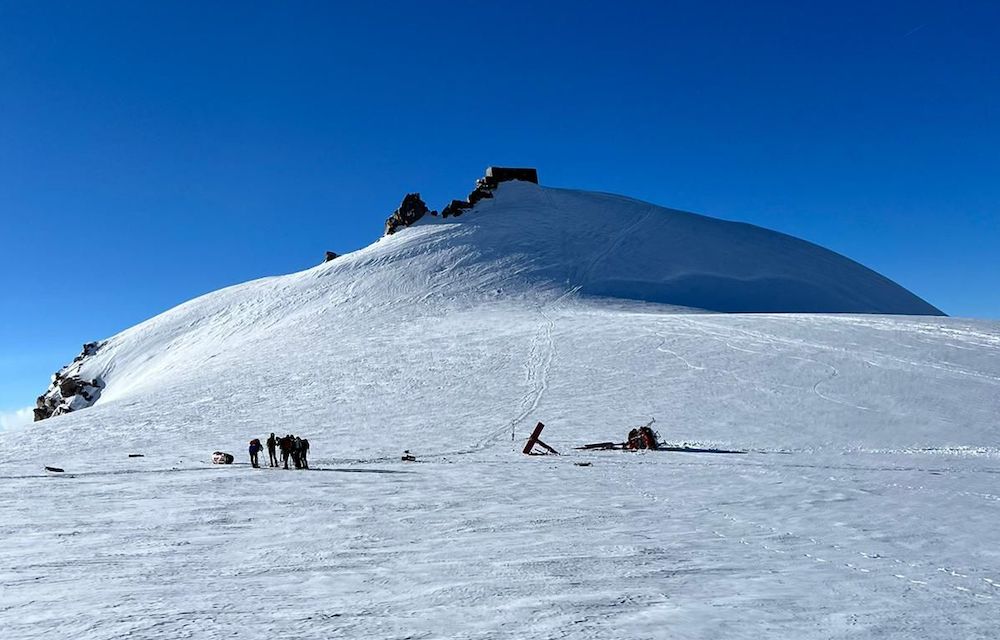
Just as COVID-19 brought an abrupt end to the ski season in the northern hemisphere, it looks like it’s going to have the same impact on the Australian ski season.
The Victorian Government advised on August 6th that all Victorian alpine resorts are to close to members of the public as part of its stage 3 coronavirus (COVID-19) restrictions across regional Victoria. Falls Creek and Mount Hotham were already closed, so this order affects Mount Buller, Mount Baw Baw, and Dinner Plain Alpine Resort.
The closures come as tourism operators report a 95 to 98 percent loss in revenue due to the pandemic, Victorian Tourism Industry Council chief executive Felicia Mariani said. Many areas are writing off 2020 altogether.
Visitors will not be permitted to enter the Mt Buller & Mt Stirling Resorts from 5 pm on Thursday 6 August 2020, and any breaches will be eligible for a significant fine. It is possible, public health restrictions and snow conditions permitting, that the ski area may be able to reopen after 13 September.
Permanent residents, seasonal residents, and on-mountain staff are permitted to remain living within the resort during these Stage 3 restrictions. The stay at home restrictions apply to everyone living within the resort, who are only to leave their accommodation for one of the four allowed reasons, and only if wearing a face covering.
Victoria (abbreviated as Vic) is the second most populated state of Australia. Victoria is also the second smallest state by land area and is a parliamentary constitutional monarchy. Situated in the south-east of Australia, Victoria is bordered by the Bass Strait and Tasmania to the south, New South Wales to the north, the Tasman Sea (a marginal sea of the South Pacific Ocean) to the east, and South Australia to the west. With an area of 237,659 square kilometers (91,761 sq mi), Victoria encompasses a range of climates and geographical features from its temperate coastal and central regions to the Victorian Alps in the north-east and the semi-arid north-west.
Victoria has a population of over 6.6 million, the majority of which is concentrated in the area surrounding Port Phillip Bay, and in particular in the metropolitan area of the state capital and largest city, Melbourne, which is Australia’s second-largest city. The state is home to four of Australia’s 20 largest cities: Melbourne, Geelong, Ballarat, and Bendigo. The population is diverse, with 35.1% of inhabitants being immigrants.
